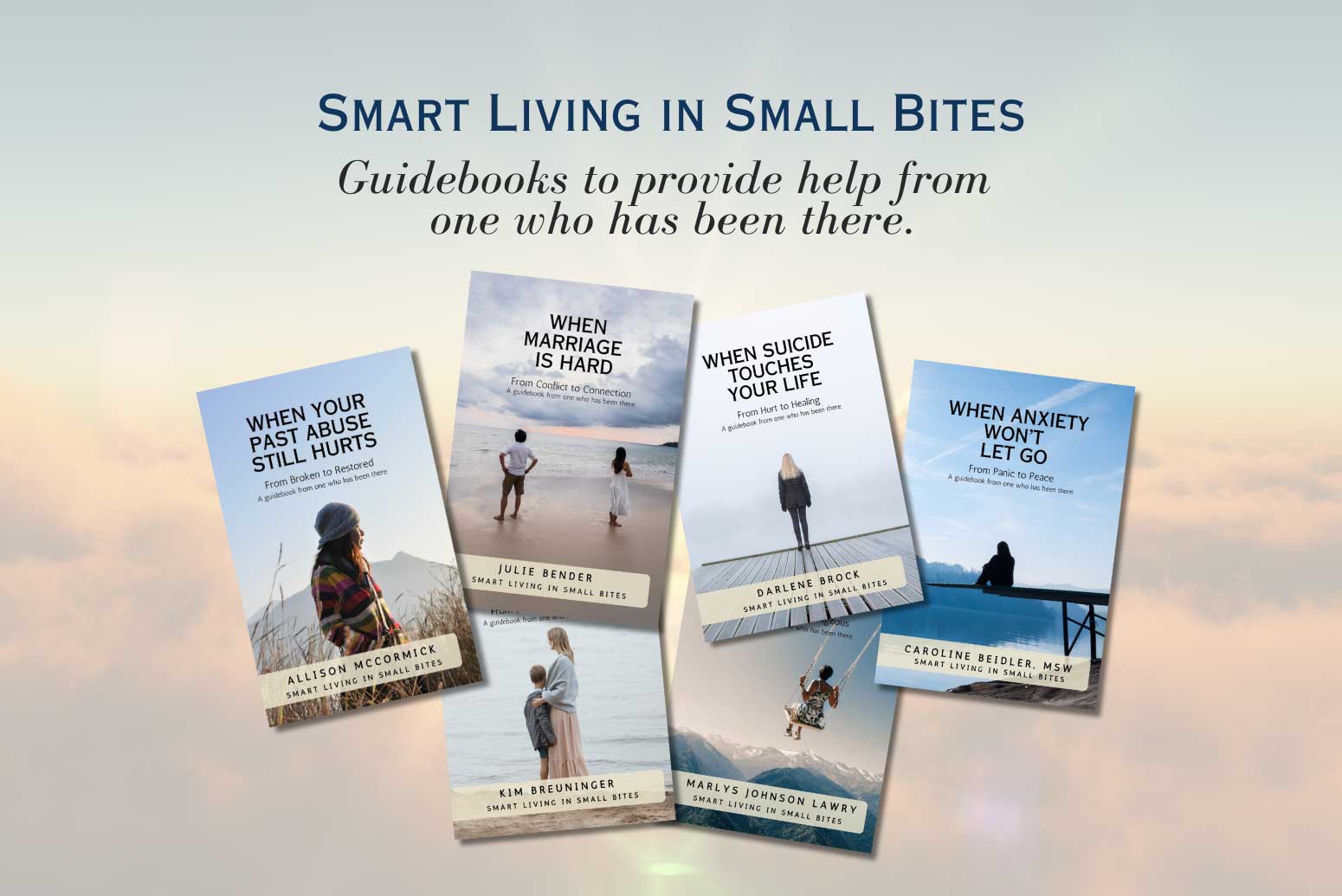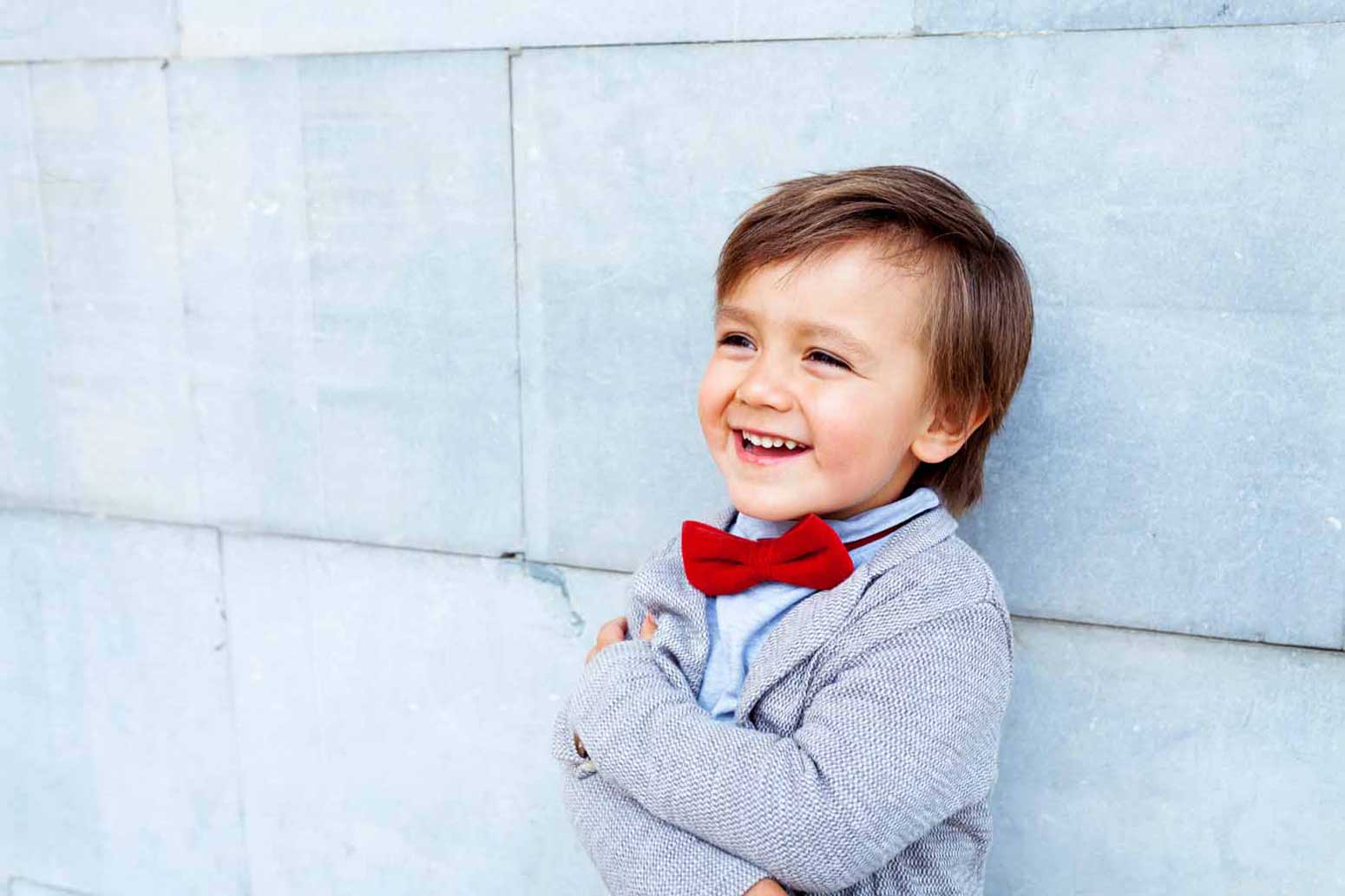Ever find inspiration in the most unexpected places? A TV show? A friendly cashier at the supermarket? A good book?
I love when that happens, when fate just seems to throw you a signal, grabbing the attention of your heart just when you need it most. Well as fate would have it, I was in desperate need of some encouragement, and I found it when I was least expecting it.
Just When I Was Starting to Lose Hope, Something Told Me to Hold On
I was going through the growing pains of real adulthood in my mid-20s. In conversations with friends, I described this stage of life as a domino effect where, whether in my personal life or the lives of my loved ones, there had been repetitive themes of pain, disappointments, and loss, one after another. “Adulting is hard,” I told myself. Letting that defeated mentality take root, I began to prepare myself to expect pain, and I began to hope less.
Of course, this way of thinking started to wreak havoc on my mindset. I began to protect myself by not expecting too much, guarding myself against having too much faith. Walls were put up. During this time, I had to take some additional courses for my license in clinical counseling. Although I am typically an eager beaver when it comes to learning, these classes felt rough. After a long day’s work, I had to battle some special LA traffic to make it in the doors on time.

Specifically, the term or concept that stopped me in my tracks is neuroplasticity, how the brain can change or adapt as a result of life experiences.
I know, you may have been expecting some catchy phrase or something of that nature to be what rocked my world, but bear with me, because this stuff is good.
What Neuroplasticity Means and How It Brought Me Hope
For many years, scientists thought that at a certain point, the brain could not change. They believed that after time, the ways our brains were wired and the ways our structures developed were fixed.
We enable growth in our brains by neurons connecting through synapses, which create roadmaps in our brains through what we learn and experience. Scientists used to believe that the connections we made in our brain during our earlier years became fixed in adulthood. Essentially, at a certain point, neurons would not grow, making new connections and growth difficult.
Doesn’t that sound so… bleak? About 40 years ago, the world of science had a lot less faith in people’s ability to change their habits or their way of thinking. Could you imagine living like that? I’m sure many of us have some childhood friends or family members who just won’t let some of our old habits and personality traits go. Or perhaps you have felt someone has put you in a box, insisting “this is just how you are.” How hurtful and annoying! You have grown, and of course, you have changed. If you haven’t yet, you still can.
Thankfully, this former frame of thought was proven wrong. After study upon study, it was confirmed that through new experiences and repetitive actions, neurons can regenerate (something called neurogenesis) and form new connections up until the day we die!
In essence, with perseverance and time, you can rewire and even change the structure of your brain. These findings had major implications in the medical field for patients experiencing things like brain trauma, strokes, and addiction. With this data, medical professionals could seek new treatments and therapies that impacted countless lives!
Although those findings were quite significant for the medical world, there are some universal truths here that I think we all need to know. We have the potential to change our mindset, to create new pathways that lead to healthier habits, healthier thoughts, and healthier relationships.
We can heal until the day we die. That is powerful.
We have the potential to change our mindset, to create new pathways that lead to healthier habits, healthier thoughts, & healthier relationships. We can heal until the day we die.
A Growth Mindset Will Change Your Grit and Grace Life
In that classroom, I saw slide after slide of people who had experienced tremendous, unimaginable traumas, both physical and emotional. You could see the damage, the effects of their pain on their brains. But then new slides were shown reflecting their growth after time, including tangible signs that new neuronal pathways had formed.
After seeing these slides and hearing the stories of the people they represented, I was so moved. I could not deny the significance of a human’s potential for transformation, and I felt I could no longer excuse myself from viewing my challenges or the challenges of my loved ones as a reason to expect less. I instead was challenged to expect growth.

Her theory emphasizes the difference between having a fixed mindset versus a growth mindset. In a fixed mindset, a person believes their traits and skills are stagnant, they are what they are, and they cannot be changed. Someone operating from a growth mindset believes and understands that, with effort, their intelligence and abilities can grow because their brain is capable of change.
There are different types of thought and language that coincide with each mindset. Someone with a growth mindset might often state what they can’t do “yet” when describing a weakness or challenge, so they focus on what they can do to grow.
When a student came into my office saying something like “I am not good at chemistry,” I would try to respond by modeling growth mindset language, saying something like, “You’re not good at chemistry yet. What can we do to help you become good at chemistry?” With this perspective, more praise and attention are put into effort and attempts at learning instead of the outcome of success or skill level achieved. Challenges are viewed as an opportunity to grow and learn.
Thinking with a growth mindset is powerful, and it takes a lot of work—or shall I say grit.
Unexpectedly, in that classroom, I received the wake-up call my heart was so desperately wanting to hear. It was the message I needed, enabling me to push some walls down and look honestly at the thoughts and beliefs I had let creep in. I challenged myself to work on things like growth mindset, and over time (okay, lots of time and with lots of work) it became easier to notice unhealthy thought patterns and find steps to redirect or rewire them.
Although fine-tuning those mental skills was important, I also learned something else quite transformative—that pain does not discount the reality of hope. Bearing witness to this made me see the major flaw in my former way of thinking. I didn’t have to lose one because of the other. I could live in the tension of both of those realities, holding both pain and hope simultaneously. It was significant for me to realize we can authentically experience hardships while authentically believing in the joy that is to come.
Now I know that sometimes life and grief really knock us down and taking any steps at all feels impossible. In those moments, we all have to dig deep to remember healing is possible. And, at some point, we all need something to wake us up, give us strength, and remind us to have faith.
Pain does not discount the reality of hope. We can authentically experience hardships while authentically believing in the joy that is to come.
How Brain Growth and Faith Go Hand in Hand
In fact, a connection with my faith was another unexpected gift I received during those classroom meetings. Naturally, suppressing my hope seemed to directly correlate with suppressing my faith, and whether consciously or unconsciously, I had let distance take root. Yet, learning more and “seeing” how the human brain is designed connected me to my Creator and renewed my faith in that season.
The realization that our minds can change forever made me think deeply about how and why we were created. In a very meaningful way, I felt like I was looking at proof from our Creator, proof that our loving God did indeed make us for redemption, for grace, for a chance for new life. We are designed for the hope of transformation. What could be more loving than that? And, for the first time in a long time, I let myself believe that He was meeting me there.
What I learned through this time of my life has been on my mind a lot lately. As we move out of 2020 and into 2021, I think many of us have found ourselves in a similar season. One of dashed expectations, loss, and discouragement. Many of us are experiencing the great tension of living with the pain of the present, yet desperately hoping for better change to break through.
I hope you continue pressing on and looking for the inspiration you need to awaken your will to keep going. We have the ability to heal, the ability to grow, and, after all, we have proof that we should hope for it.
Our loving God did indeed make us for redemption, for grace, for a chance for new life. We are designed for the hope of transformation.
—
Our favorite licensed psychotherapist (and expert on so many things) is here to share how you can heal and move forward from the painful place you’ve been stuck in…












